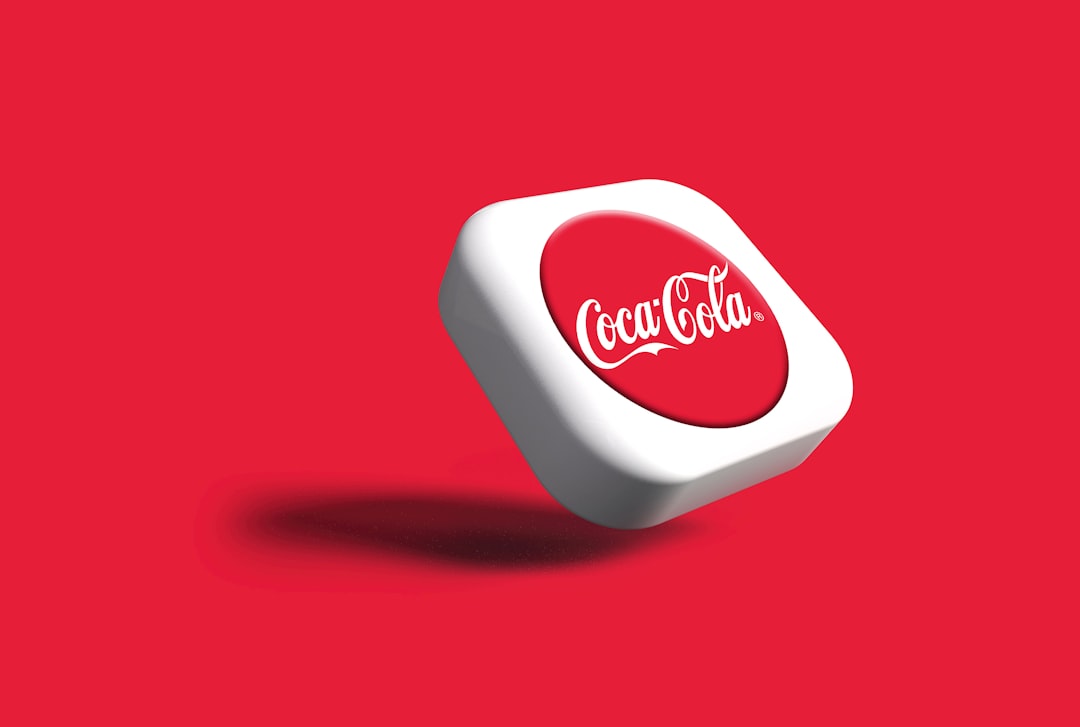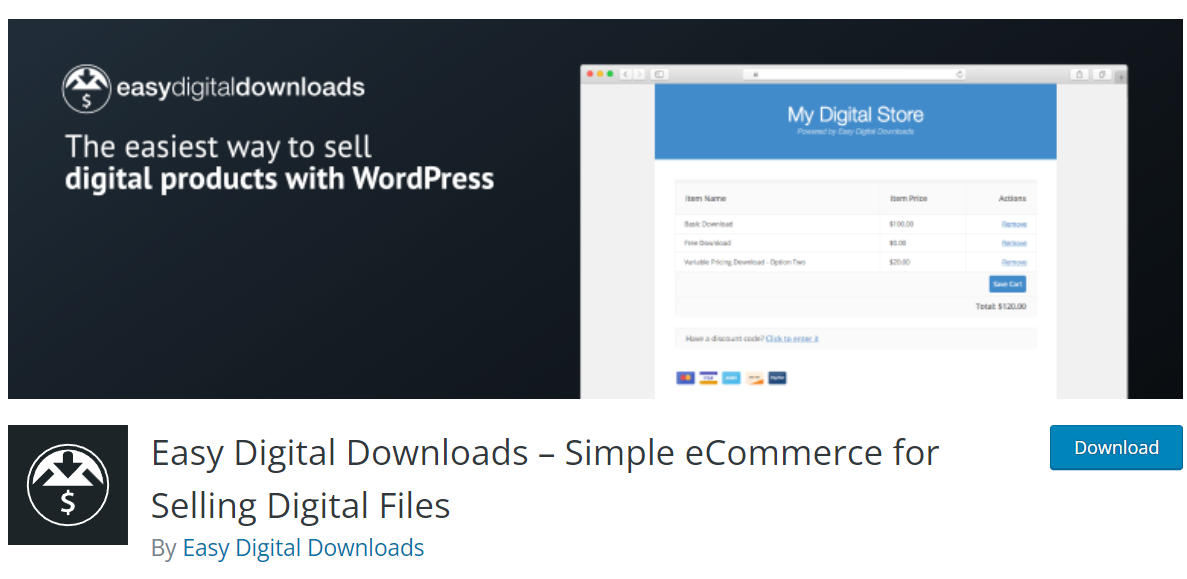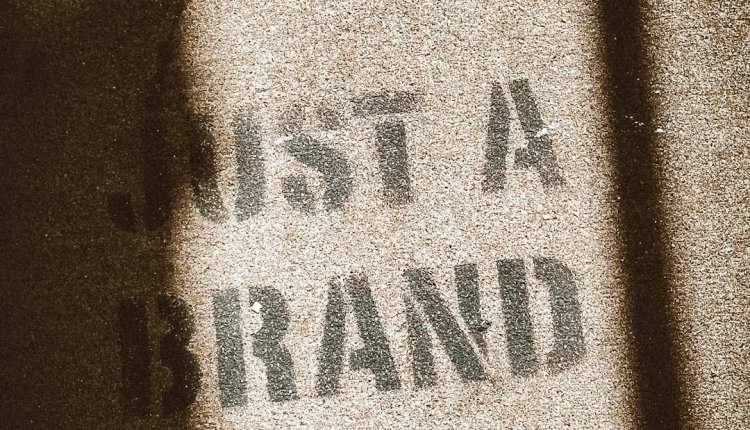Logo ROI: Measuring Recall, CTR, and Saves
In today’s saturated digital landscape, a brand’s logo is more than just a symbol—it’s a powerful asset that can drive clicks, increase brand recall, and even influence emotional decisions. But how do you measure the actual return on investment (ROI) of a logo design or redesign? Understanding the true performance of your brand logo requires looking beyond aesthetics and diving deep into data like Recall, Click-Through Rate (CTR), and Saves.
TL;DR: A logo’s ROI isn’t just about how good it looks—it’s about performance. By measuring brand recall, click-through rates, and how often users save posts or images featuring the logo, brands can get real insights into the effectiveness of their visual identity. These metrics help determine whether your logo contributes to brand growth or just adds pretty pixels. A high-performing logo increases engagement, drives conversions, and leaves lasting impressions.
What is Logo ROI?
Logo ROI refers to the measurable impact your logo has on your brand’s visibility, recognition, and action—from online clicks to memory retention. It helps you understand whether your logo is doing the job it was designed to do: representing your brand, resonating with audiences, and driving measurable results.
Whether you’re launching a startup or refreshing a hundred-year-old brand, it’s vital to treat your logo as an investment. And like any investment, tracking returns makes sense. But rather than using just sales numbers or general web traffic, focus on specific behavioral metrics related to visual identity.
Key Metrics to Track Logo ROI
While ROI is traditionally measured in revenue, assessing the impact of a logo takes a broader approach. Key performance indicators (KPIs) include:
- Recall – How well people remember your logo and associate it with your brand.
- Click-Through Rate (CTR) – How often people click on a logo-linked content or ad.
- Saves – How many users save or bookmark visual content that prominently features your logo.
1. Measuring Brand Recall
Brand recall is critical in crowded markets. If your audience doesn’t remember who you are, you’re invisible. Measuring brand recall can involve surveys, focus groups, and tools like aided and unaided recall tests.
Key techniques to evaluate recall include:
- Aided Recall: Showing users a list of logos and asking which ones they recognize. Effective for gauging visual memory.
- Unaided Recall: Asking people to list brands that come to mind for a specific category without any visual prompt.
- Eye-Tracking Studies: Using heatmaps to see if your logo captures attention in crowded visuals.
Recall is especially important on social media and in advertising. Consumers might only glance at your visuals for a second or two. A distinguishable, memorable logo can increase the chance they’ll remember your offer—or even come back later.

2. Logo and CTR: A Hidden Correlation
Click-Through Rate might not seem directly tied to a logo at first, but think again—your logo often appears in ads, sponsored posts, banners, and emails. A well-designed logo can instill trust, especially in first encounters, leading to a higher likelihood that users will click through.
How to measure CTR influenced by your logo:
- A/B testing: Run two identical ads—one with a prominent logo, one without—and see which garners more clicks.
- Heatmaps: Analyze where people are clicking. High engagement zones around the logo suggest it’s drawing the eye.
- Analytics Integration: Tag and track campaigns to correlate higher CTRs with logo visibility and placement.
According to recent marketing studies, ads with prominent and professionally designed logos had a 12-18% higher CTR on average compared to those without.

3. Saves: A New Age Engagement Metric
In platforms like Instagram and Pinterest, the “save” feature offers deep insights into logo impact. If your audience is saving your posts, they’re not just liking them—they’re finding them valuable or memorable enough for future reference. This is especially important for lifestyle brands, fashion, art, and design sectors.
Why saves matter:
- Long-Term Visibility: Saved posts keep your branding in front of users for a longer period.
- Increased Algorithm Exposure: Platforms often promote saved content more, giving your logo more screen time.
- Lead Conversion Signals: A save may represent future purchasing intent—even more than a like.
Track saves through platform insights and UTM-tagged content across networks. Combine this with behavioral data to understand what part of the post—style, color, layout, or logo—might be driving the action. If similar visual identity posts get more saves consistently, that’s valuable feedback on your logo design’s effectiveness.
Holistic Approach: The Synergy Between These Metrics
Individually, these metrics tell part of the story. But when analyzed together, they provide a complete picture of how your logo performs:
- High Recall + High CTR: Your logo is both memorable and clickable—this means strong design and brand alignment.
- High Saves + Low CTR: Users value content with your logo but may not be ready to click (yet). This suggests high-quality branding that builds long-term trust.
- Low Recall + High CTR: People engage, but they aren’t remembering you. Focus on distinctiveness and logo consistency.
Tools to Measure Logo ROI
You don’t need to rely on guesswork. Leverage these tools and platforms to get data-driven insights:
- Google Analytics: Track CTR and behavior flows where your logo is featured on the site or ads.
- Social Media Insights: Especially useful for measuring indicators like saves, engagement, and visibility.
- Crazy Egg / Hotjar: Use these for eye-tracking and heatmap analysis to see logo-focused interactions.
- Brandwatch / SurveyMonkey: Useful for conducting brand recall studies at scale.
Technology makes it easier than ever to translate logo impressions into measurable ROI data. But numbers are only helpful when tied to strategy. If your logo underperforms, tweak your visual branding and A/B test relentlessly until it aligns better with your audience’s expectations.
Best Practices for Optimizing Logo ROI
A few quick wins can significantly improve how your logo contributes to marketing ROI:
- Keep it Simple: Easy-to-recognize logos perform better in recall studies.
- Ensure Consistency: Use your logo across platforms and content types to build familiarity.
- Test for Scalability: Logos must look good across formats—icons, mobile, print, and large banners.
- Use Contrast Wisely: Make sure your logo stands out from the background.
- Embrace Feedback: Use social listening and audience polls to iterate on logo style if necessary.

Conclusion: Data Meets Design
The intersection between creative branding and hard data is where modern marketing thrives. Measuring Logo ROI through Recall, CTR, and Saves ensures that your brand identity isn’t just attractive—it’s effective. Results-oriented design thinking not only elevates your logo but also the perception and profitability of your brand.
Your logo is more than just art—it’s an investment. Make sure it’s paying you back.

Comments are closed, but trackbacks and pingbacks are open.